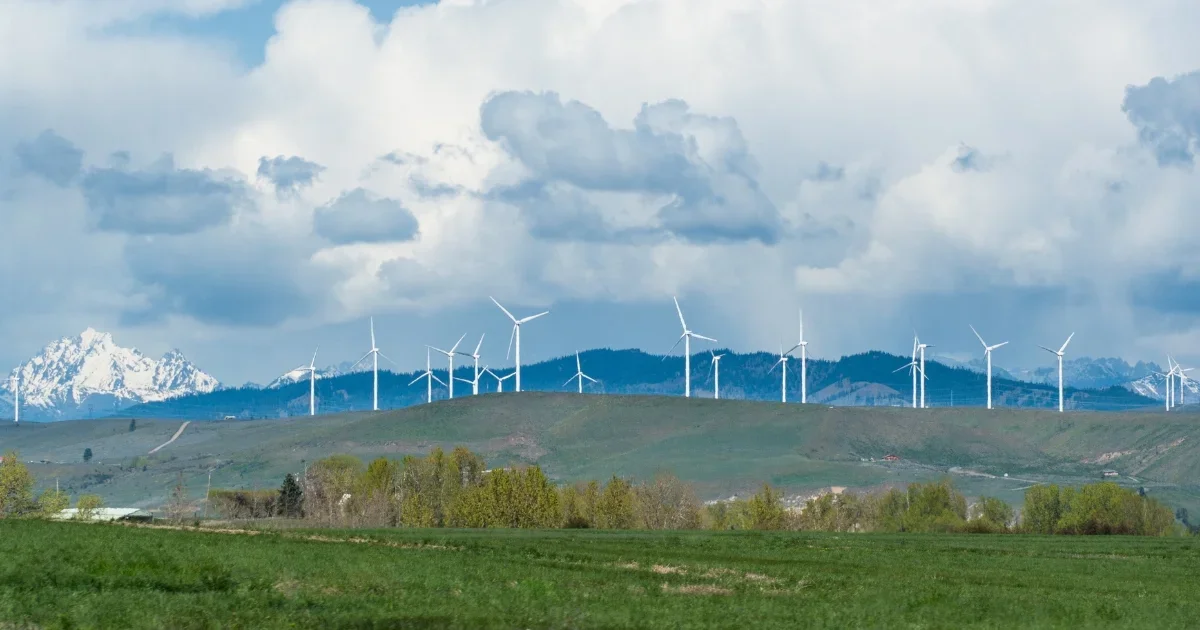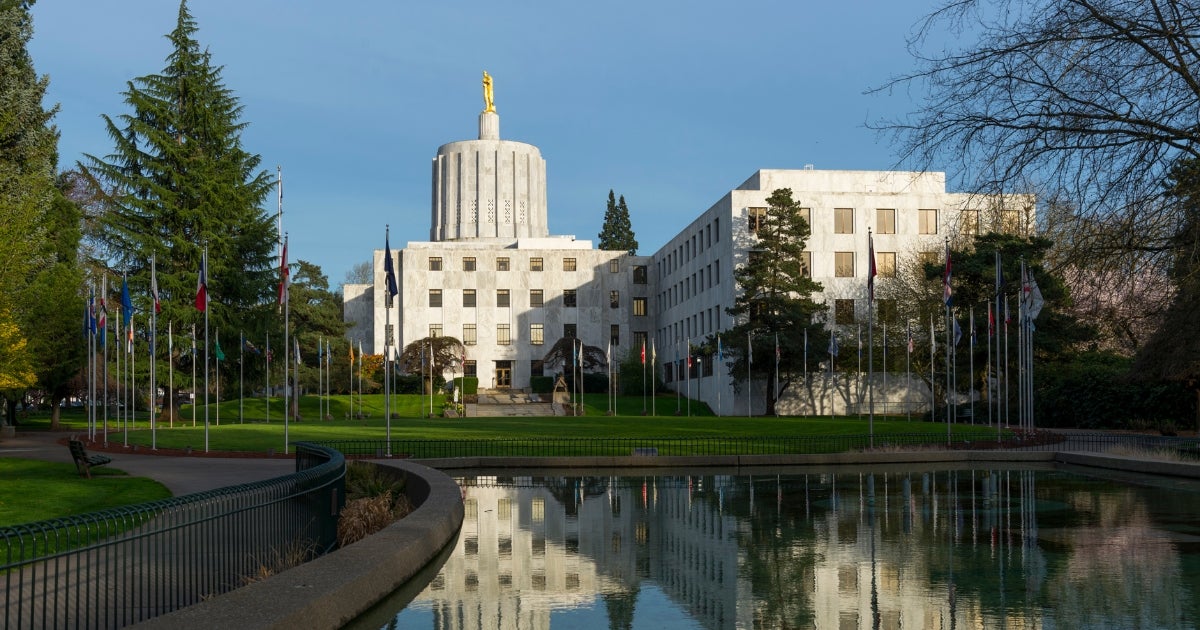This blog was authored by Delia Novak, Western States Climate Policy Intern, U.S. Region.
Since the launch of Washington’s cap-and-invest program in January, the state has raised over $850 million in revenue through two consecutive, sold-out auctions under the program. These cap-and-invest auctions provide critical funding for the clean energy and climate resilience projects that will lock in a swift transition to a healthier, safer climate future — with at least 35% of funding used to benefit communities that are overburdened by air pollution and who will be impacted first and worst by the climate crisis if we fail to act.
Last month, Governor Inslee signed Washington’s final budget for 2023-2025, which will make use of a whopping $2 billion in funding from the Climate Commitment Act (CCA), with highlights including $138 million for electric vehicle charging infrastructure, $123 million for solar and storage projects, $120 million for zero emission medium and heavy-duty vehicles, and $163 million for home electrification rebates. By making decarbonization more affordable and slashing climate-warming emissions, this funding is already an impressive indication of the opportunities and investment that the cap-and-invest proceeds will deliver to communities across Washington.
But Washington’s climate investments are just getting started. In the meantime, we can look to California’s decade of climate investments to understand the important benefits that Washington’s cap-and-invest program can provide for its communities.




